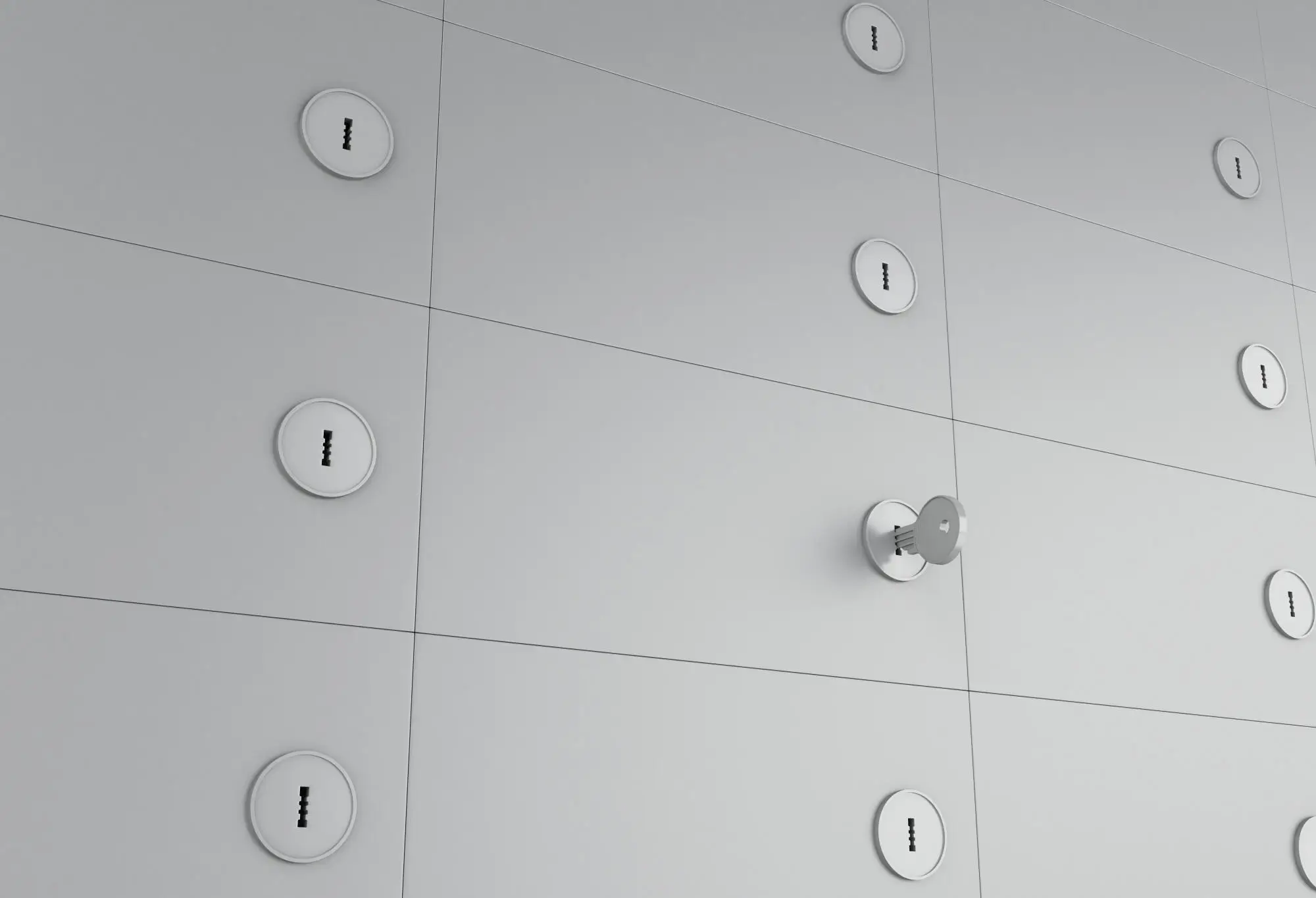Security deposits matter to both landlords and tenants alike and are a significant part of portfolio management. They are a powerful tool for ensuring both sides keep to tenant agreements and offer reassurance that oversight is unnecessary over and above an occasional inspection. However, what is the best way to go about using one, and what are the common mistakes you should watch out for?
The following information should help you discover actionable tips to set up and manage rental deposits effectively. So, learn the essentials you need to know to protect your property portfolio today.
1. Know the Limits on Security Deposits in Austin
While Texas law does not cap the amount that landlords can charge for security deposits, there is a subjective tipping point after which it becomes much more challenging to source tenants.
In addition, Texas Property Code § 92 makes it clear that deposits are to be for specific losses that landlords might accrue, such as property damage or unpaid rent. You cannot refuse deposit refunds for wear and tear or other wholly expected issues. So, ensure you understand these or ask a professional property manager to discuss them with you.
2. Follow the 30-Day Rule for Deposit Returns
In Texas, you must return the security deposit or reasoning for not returning the full amount within 30 days of the tenant vacating the property. You will likely encounter penalties if you fail to comply with this deadline. In some cases, you may be forced to return the full extent of the deposit plus damages equal to two times the deposit.
3. Document Property Condition Before and After Tenancy
Before you lease out the property, take meticulous photographs of the property's condition, noting any marks or damage anywhere. You must then keep a list of these and provide it to the tenant when they enter the property so both parties know what they are and are not responsible for.
When the tenant moves out, do this again. Then, compare the two and use this comparison as a basis for any deductions.
4. Define Permissible Deductions in the Lease
While Texas law allows landlords to deduct from the security deposit for damages over and above normal wear and tear, there is nothing in the law explicitly stating what this means. As such, use the lease to define the meaning of "normal wear and tear."
5. Clarify Security Deposit Policies with Tenants
A lack of clarity can sometimes cause significant issues for both tenants and landlords. As such, keep an open dialogue with those who may live in your properties. Be available to answer queries to reduce the likelihood of problems emerging, then conduct meetings if necessary to explain things like:
- Inspection processes
- Documentation requirements for informing you of damage
- Move-in and move-out responsibilities
- Allowable deductions for wear and tear
Understand Austin Security Deposits During Portfolio Management
Mastering Austin-based security deposits can protect your investments while also allowing you to stay compliant with Texas laws. By leveraging proven portfolio management strategies, you can simplify every step while ensuring everyone remains up-to-speed.
Working with PMI Heart of Texas, you can ensure all your property management needs are met, including your security deposit. So, contact us today to find out how we can help you achieve the best landlord reputation possible.


